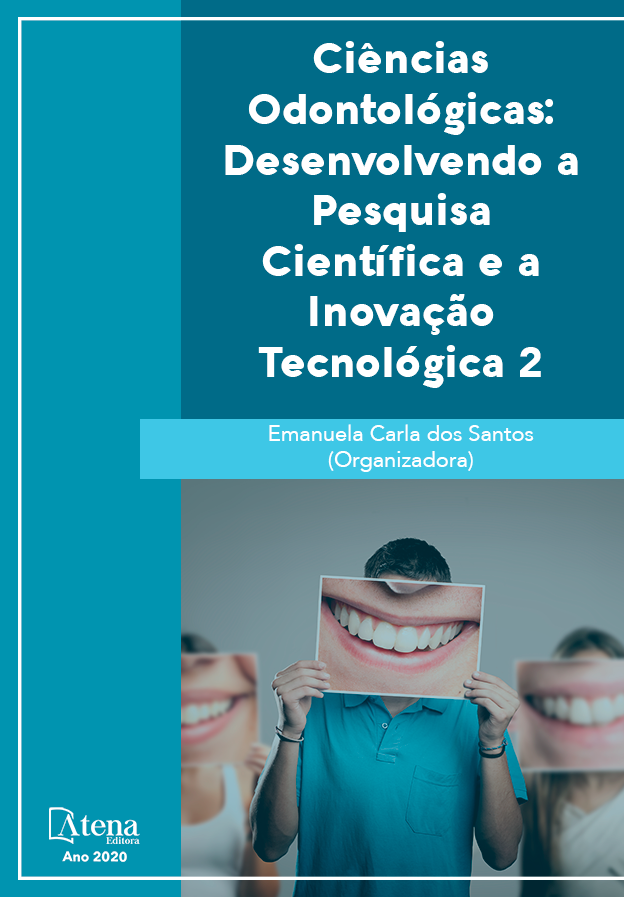
PROMOÇÃO DE SAÚDE BUCAL EM POVOS INDÍGENAS DA REGIÃO MISSIONEIRA DO RIO GRANDE DO SUL: RELATO DE EXPERIÊNCIA
No último censo do IBGE, o país apresentou possuir mais de 240 comunidades indígenas que somam aproximadamente 896.917 pessoas, o que convém a aproximadamente 0,47% da população total do país. Para essa população, grande parte dos dados gerados acerca da saúde indígena provém de assistências básicas, como a visitação dos Agentes Indígenas de Saúde (AISs). Infelizmente, esses dados são insuficientes para o monitoramento de como está a qualidade de vida, e também não feitos de forma padronizada o que torna ainda pior identificar a situação da saúde bucal. Por tal fato, esse estudo tem como objetivo relatar a experiência vivenciada por acadêmicos de odontologia sobre a saúde bucal em uma aldeia indígena. Foi utilizado como método de pesquisa a observação para obter informações referente aos hábitos alimentares, higiene bucal e frequência com que visitam o dentista. Percebe-se uma escassez de programas relacionados à saúde para atender as populações indígenas. Portanto é necessária a melhoria das condições bucais através de programas de saúde e prevenção, seguido de orientações do cirurgião dentista sobre uma dieta não cariogênica e uma boa higienização oral.
PROMOÇÃO DE SAÚDE BUCAL EM POVOS INDÍGENAS DA REGIÃO MISSIONEIRA DO RIO GRANDE DO SUL: RELATO DE EXPERIÊNCIA
-
DOI: 10.22533/at.ed.48520151214
-
Palavras-chave: Cultura indígena; Saúde Bucal; Cárie Dental
-
Keywords: Indigenous culture; Oral Health; Dental caries
-
Abstract:
In the last IBGE census, the country presented more than 240 indigenous communities that add up to approximately 896,917 people, which corresponds to approximately 0.47% of the country's total population. For this population, much of the data generated about indigenous health comes from basic assistance, such as the visitation of Indigenous Health Agents (AISs). Unfortunately, these data are insufficient to monitor how the quality of life is doing, and also not done in a standardized way, which makes it even worse to identify the oral health situation. For this reason, this study aims to report the experience of dental students on oral health in an indigenous village. Observation was used as a research method to obtain information regarding eating habits, oral hygiene and frequency with which they visit the dentist. There is a scarcity of health-related programs to serve indigenous populations. Therefore, it is necessary to improve oral conditions through health and prevention programs, followed by instructions from the dental surgeon on a non-cariogenic diet and good oral hygiene.
-
Número de páginas: 11
- Renata Colling
- Luiz Eduardo Barreiro Burtet
- Kelly Cristina Meller Sangoi
- Vâmila Pipper


